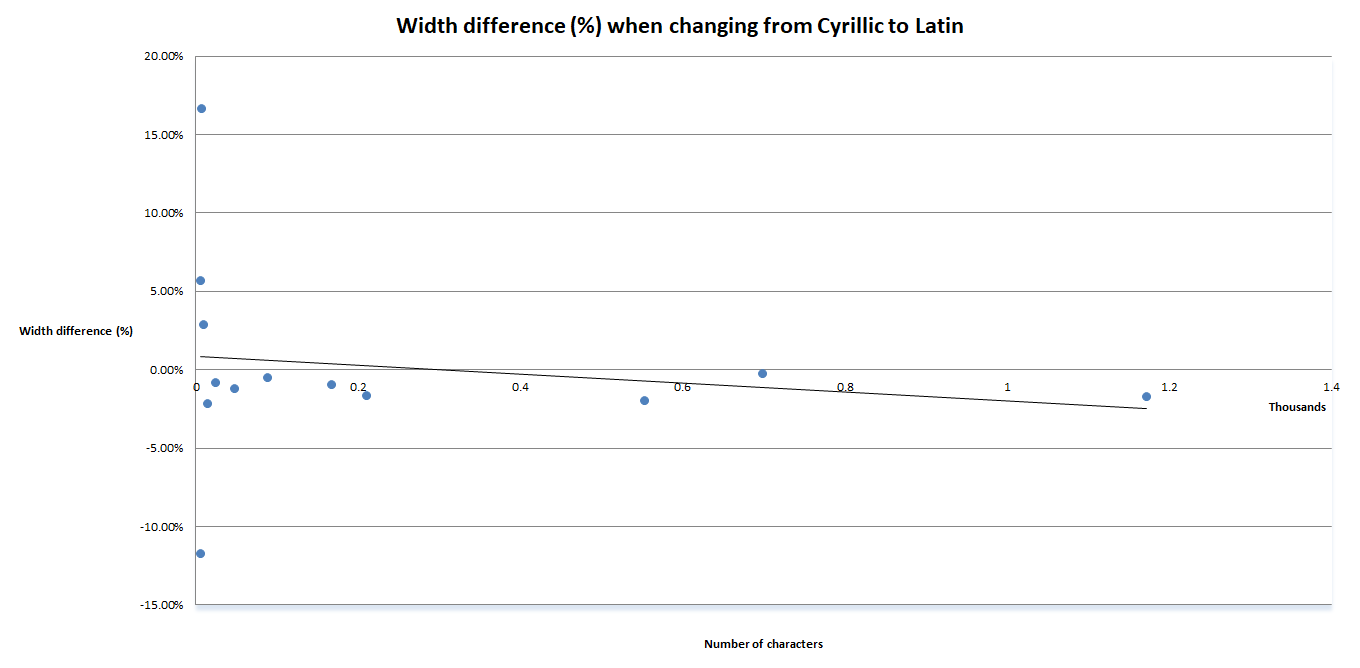In 2017, Nursultan Nazarbayev, the President of Kazakhstan, signed a decree ordering the transition of the Kazakh language to Latin. It is planned that the currently used Cyrillic alphabet will be fully replaced by 2025.
Naturally, such a shift will influence the work of translators, how will now be obliged to learn not only the new alphabet itself, but also the new orthography. However, there are some changes that are not that obvious as well. In this article we will explore these and look at how the future looks for specialists in Kazakh translation and localization.
Alphabet comparison
First, let’s look at the most obvious change – the graphemes themselves.
| Current Kazakh Cyrillic alphabet | Proposed Latin Kazakh alphabet (as of 2019) |
|---|---|
| А а | A a |
| Ә ә | Ä ä |
| Б б | B b |
| В в | V v |
| Г г | G g |
| Ғ ғ | Ğ ğ |
| Д д | D d |
| Е е | E e |
| Ё ё | |
| Ж ж | J j |
| З з | Z z |
| И и | I ı |
| Й й | I ı |
| К к | K k |
| Қ қ | Q q |
| Л л | L l |
| М м | M m |
| Н н | N n |
| Ң ң | Ŋ ŋ |
| О о | O o |
| Ө ө | Ö ö |
| П п | P p |
| Р р | R r |
| С с | S s |
| Т т | T t |
| У у | W w |
| Ұ ұ | U u |
| Ү ү | Ü ü |
| Ф ф | F f |
| Х х | H h |
| Һ һ | H h |
| Ц ц | |
| Ч ч | Ç ç |
| Ш ш | Ş ş |
| Щ щ | |
| Ъ ъ | |
| Ы ы | Y y |
| І і | İ i |
| Ь ь | |
| Э э | |
| Ю ю | |
| Я я |
As you can see, the new alphabet is different in that it has 8 letters fewer, and that a number of diacritics has been intorduced.
New orthography
With a number of letters gone, a question arises: how does one spell the words that contained those letters? The sounds of the word a still there, after all. The answer is that the new alphabet brings along the new orthography.
The absent letters are mostly the ones that were used in Russian loanwords and followed the rules of Russian orthography. Two sets of spelling rules in one language is something the reform aims to get rid of. All the loanwords will now be spelled according to the Kazakh orthography, rendering the removed letters unnecessary.
CHANGE NR. 1: Translators will have to not only learn the new letters, but also the new spelling. Simple transliteration will not be enough.
Text length
Both the new and the old writing systems are alphabets, which is why, on the surface, the lengths of words should not change much. There is, however, a not-so-obvious caveat: Latin characters are narrower, on average.
Consider ж and j, и and ı, л and l, ф and f. While the width difference in each case is small, they should add up, at least in theory. Tilti Multilingual content management team has run a number of tests to see how the text visual length increases with number of characters in the text.

As you can see, for longer texts, Latin Kazakh is always shorter, but the difference is rather insignificant – always below 5%. Shorter texts (1 to 3 words) are where the ratio becomes highly unpredicatable, ranging from being 12% shorter to 17% longer.
This is crucial for Desktop Publishing translations in Kazakh and Kazakh E-Commerce localization, because exactly these kinds of documents rely on short phrases, buttons with text, icons etc. Sometimes in an online store even a couple of pixels can make or break the whole design.
CHANGE NR. 2: DTP and E-Commerce translators will have to be extra careful with short words and phrases, because their visual width might change drastically, breaking the layout of a document or web-page.
Fonts
Once again, this change will mostly be relevant to InDesign translations of booklets and similar materials. Cyrillic and Latin are two very different writing systems, and often fonts support only one of them. Another issue is the introduction of diacritic marks and extended Latin character, which also require special support.
The diacritics used in the Latin Kazakh alphabet are:
- umlaut – two dots over a letter ( ¨ )
- breve – bottom half of a circle over a letter ( ˘ )
- cedilla – a hook under a letter ( ¸ )
The only non-standard Latin character is ŋ
Arguably, it is not much, and the new non-standard standard characters are certainly fewer than in the current Cyrillic Kazakh. Nevertheless, DTP managers and translator should still be mindful of these new circumstances.
CHANGE NR. 3: InDesign translators should check the fonts for the diacritic and non-standard character support. While now these special characters will be fewer, they will still be present.
Conclusion
Overall, the changes introduced by the writing reform are not that huge, as far as their impact on translators goes, but still noticeable. The new spelling rules are probably the biggest challenge, as they do not allow for direct transliteration from Cyrillic to Latin. Special precautions should be taken by DTP and E-commerce translators, because they often rely on the precise width of a text, and it is bound to change.
We should also be reminded of the fact, that there have been three proposals for the new alphabet, the most recent one in 2019. As the deadline for the transition is 2025, things can change again. Translators probably shouldn’t forget about it, but also shouldn’t rush to re-learn their Kazakh immediately.




